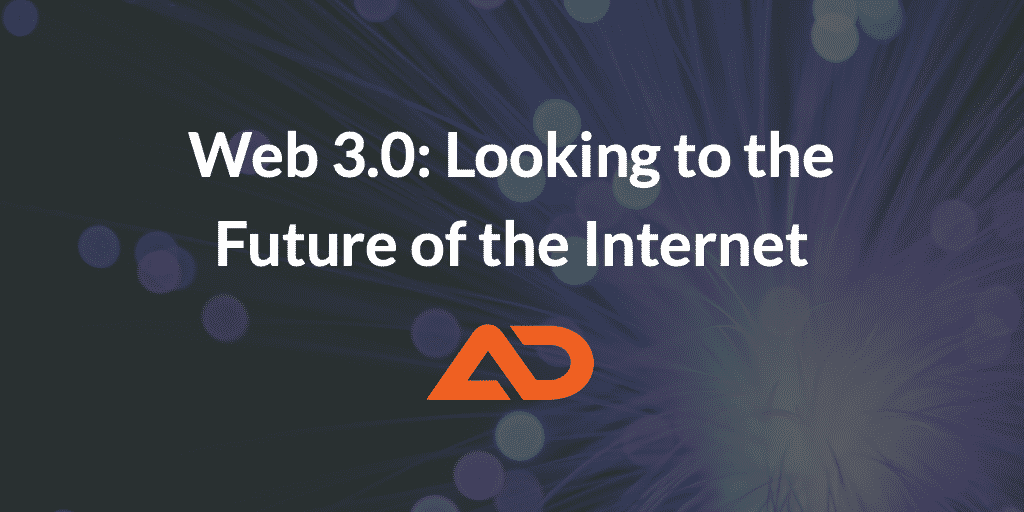The Internet has changed dramatically since its early days. Developers thriving to succeed in the coming years should keep up with the current trends and learn the latest paradigm shift that the modern Internet is undergoing – Web 3.0. What makes it different from Web 2.0, and why is it claimed to be the Internet of the future? Let’s see.
Web 2.0 refers to the version of the Internet we use today. The Web 2.0 revolution was mainly driven by the arrival of cloud, mobile, and social. Web 3.0 is powered by and focused on the emergence of decentralized data networks, edge computing, and artificial intelligence that will help power the future of online interaction.
Web 3.0 uses decentralization as its distinctive feature. However, it also improves the IInternetwith several innovative features, like:
- Web apps are created using open-source software developed by an accessible community of developers;
- Participants of the network can openly communicate with each other, without the need to use third parties;
- Users and suppliers can participate in the network without the permission of governing bodies.
In Web 3.0, apps commonly run on several servers and use several databases for data storage. Web 3.0 apps are often called dApps (decentralized apps) built on blockchains, decentralized networks of numerous peer-to-peer servers.
Furthermore, we often mention cryptocurrency in the Web 3.0 conversation. It’s because many of the associated protocols rely heavily on cryptocurrencies. It gives everyone willing to develop, contribute or improve Web 3.0 projects defined financial incentives in the form of tokens. Such protocols provide different services that cloud providers formerly offered, including storage, identification, and more, and will significantly affect how these applications are optimized.
Unlike Web 2.0 that repurposed newly commoditized personal computer hardware in data centers, Web 3.0 pushes the data center directly into the hands of users. Phones, laptops, sensors, and other computing resources augment large traditional data centers. Decentralized data networks enable people and machines to sell and trade their data without the involvement of third parties. These transactions all happen with the user’s consent at each stage of the transaction through a defined series of payments and rewards offered by each application’s makers.
Web 3.0 is the next stage of the web evolution that will make the Internet more intelligent. It provides a more personalized browsing experience using human-like search assistants and other decentralized benefits. When Web 3.0 fully arrives, the Internet will become even more integrated into our daily lives.
Are you looking for ways to deliver a great user experience for your customers? Contact the Atypical Digital Team. We’ll find the right solution for you.
